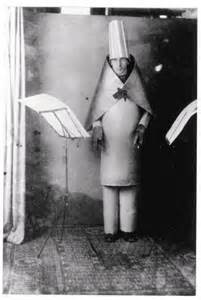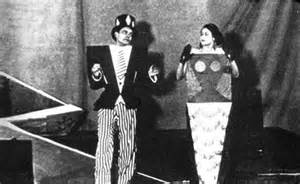Some of the early questions we faced in our first lecture with Robert were: ‘What is the biological basis of consciousness?’ and ‘What makes us human?’ In answer to the first question: ‘no one knows.’ In answer to the second question:
– We make Art, unlike any other animal
– We always have e.g. cave paintings
– We have conscious minds, therefore we are critically aware of ourselves.
Other than that, there is not much else that makes us unique.
Another question we were faced with was ‘What is a conscious mind for?’, turns out we don’t necessarily need one, as we are able to sleep walk, sleep talk etc.
…
Robert then showed us a photograph of this painting by Anthony Van Dyck titled ‘Cupid and Psyche’ (1640)
This painting proved to be very informative and relevant to our lecture as it symbolised so much about consciousness. Firstly, it represents the mythological figures Cupid and Psyche who symbolise human emotions and consciousness (e.g. love, inner feelings, our spirit etc). In this painting they are somewhat in different places; Cupid being present in the real world and Psyche, possibly dreaming in her slumber, being inside her mind. But interestingly, Robert pointed out the trees: one is very abundant and healthy (left) and the other is practically dead (right). None of us had taken any notice of the trees, we were totally fixed on the main scene that we never noticed it’s scenery, which is all relevant in painting. Perhaps the trees represent the differences between the conscious mind and the real world, that things may not always be how they appear. Our conscious mind and our waking state are two very different things.
Here are some theories based on the conscious mind:
– Panpsychism: Everything has a conscious mind
– Eliminativism: It doesn’t exist.
– Mysterianism: It can’t be explained or worked out
– Dualism: Distinct from the physical and material.
– Mind = Spirit – Body = Material
– That our brains are just matter and there is only a material realm that exists, conscious or not.
One fact I found rather interesting is that there was a time when people believed our minds are in our stomachs as there are more neurons there than in our entire nervous system. However, modern scientists go by the belief that our minds are in our brains which are essentially blobs of flesh.
Robert spoke about (and showed us) his work, which is based on the phenomena of ‘visual indeterminacy’ (being unable to recognize something immediately.) It is a fact that we, as humans, automatically try and search for coherent images even if there is nothing there, we have no choice.
It would seem we are in need of visual satisfaction, or any of the other senses for that matter. Robert mentioned the ‘Ganzfeld State’, a technique which claims to test people for extrasensory perception, during which a person is partially deprived of their senses of sight and sound. It is proved rather dangerous to deprive one’s self of any senses as it confuses our brains, which, for example, conjure up shapes and colours behind our eyelids before we fall asleep, simply to have something to look at. I think this is fascinating stuff…
We then got onto the rather dry part of the lecture where Robert talks about Quantum Physics. Uber interesting but overall, very difficult to absorb in such a short space of time, and i’m going to simplify it best I can.
First mentioned was ‘The Newtonian Universe’ so obviously, the way the universe was believed to function in Newton’s time (17th century). The diagram of this looked like a well constructed machine, funnily enough. They had it all worked out… What I found most humerous was that astrological star signs were included in the machine; back then the idea of astrology was not laughable but part of the universe and it’s workings. It was about the planets. And yet we always think we have the answers, but continue to prove ourselves wrong. As time has moved on, the pattern of knowledge hasn’t changed, but our knowledge has.
Robert then went on to talk about Schroedinger’s Cat, the principle that the cat in the box is both alive and dead at the same time by probability until one finds out the answer and makes it true. Until one makes it true, it is simultaneous. Therefore, in the world of quantum physics, Schroedinger’s cat can be in various different states at the same time, conflicting with Einstein’s theories, which would suggest the cat is either alive or it is dead and there is no middle area. What I have discovered for myself in Robert’s lectures is that much of physics is based on paradoxical and philosophical ideas, that it is mainly based on theories and not necessarily proven facts.
So I suppose the overall theme in this lecture was observation, (which is a huge factor in Schroedinger’s cat), as observation is what gives us existence and also, a conscious mind.









